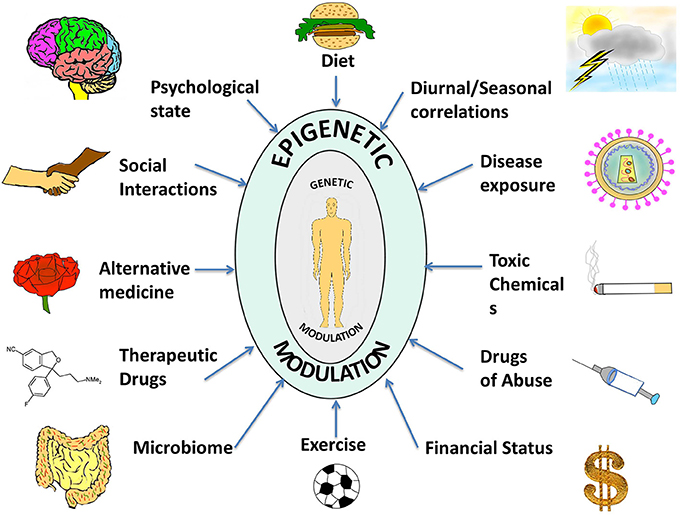 |
| Many bacteria are detected by culturing, or growing them out on plates of artificial media. |
Contamination of food with bacteria is a huge issue that can sometimes cause life-threatening illness. The bacterial culprits can include E. coli, as well as Listeria monocytogenes. L. monocytogenes is a potent bacteria that can very effectively infect its human host. This bacterium is especially problematic for pregnant women whose newborn children can develop meningitis that can lead to complications as severe as death. Because this is a serious infectious agent, there have been a lot of quality control efforts towards detecting this bacterium in food before it is sold. In this week's post, we are going to discuss a relatively recent study that highlights the role of phages in these efforts. The study does this by showing that nutrients used in the tests can activate silent phage infections and prevent bacterial detection.





















